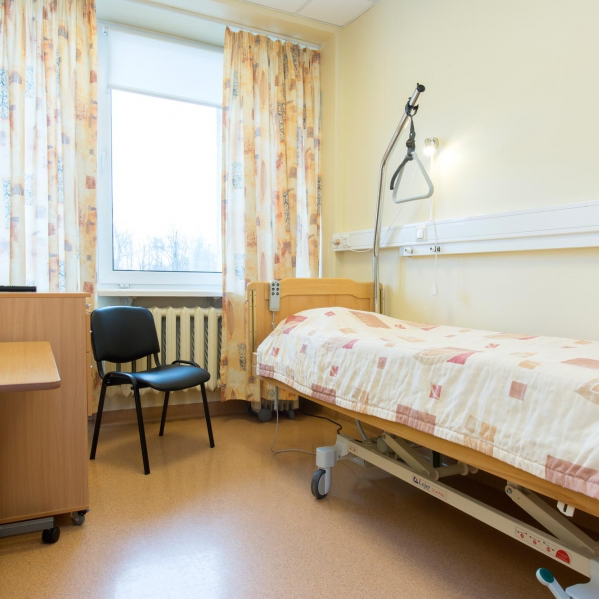What are varicose veins?
Swollen veins that occur mainly on legs and thighs are called varicose veins or varix. Varicose veins are blue, bulging and visible through the skin, especially in standing position.
As many as 10-20% of the world’s population is affected by varix. Women are more likely than men to develop varicose veins, regardless of age. Factors that can increase the risk for varicose veins include ageing as well as pregnancy.
How dangerous are varicose veins?
Varicose veins cause blood flow to slow down, resulting often in deep vein thrombosis (DVT). Severe swelling and seriously compromised blood flow may, in turn, result in varicose ulcers.
Factors that can increase the risk for varicose veins are:
- family history of varicose veins
- hormonal changes caused by pregnancy and the mechanical pressure of the embryo on pelvis blood vessels
- standing (for example sales persons, hairdressers etc.) or sitting (for example drivers etc.) for long periods of time
- use of contraceptives
- being overweight
- frequent lifting or carrying of heavy loads
- excessive heat (sunbathing for hours, too hot bath or compress, too hot sauna steam, infrared procedures, hot wax depilation etc.)
Symptoms:
- legs feel tired, achy and heavy
- cramps in calves or legs
- swelling
- itching and a feeling of pressure in the defective connective vein
The symptoms usually appear in the evening, after standing or sitting for long periods of time and more often when the weather is warm.
Treatment
- self- help measures: wear compression stockings and elevate your legs on every opportunity
- sclerotherapy: veins are injected with a solution that causes them to collapse and close down
- surgery: damaged blood vessels are removed, the work of carrying the blood is shifted to healthy blood vessels nearby
Exercises
- Lie on your back, strain and relax your thigh muscles
- Lie on your back, alternately stretch and crook your feet
- Sit on a chair, put your feet down, press toes against the floor and lift your heels
- Stand up, lean your hands against the wall, alternately lift your heels and thenars
- Stand up, hands down the sides, feet slighlty apart and stand on tiptoe, lift your hands up from the sides breathing in. Lower your hands while breathing out and return to primary position
Repeat every exercise 10 to 15 times.
Operation
When you have decided in favour of operation
Before coming to the hospital:
- do not eat or drink in the morning of the operation day
- take a compression elastic bandage, your health insurance card and personal hygiene things with you
- arrange transportation back home
You will be released from the hospital a day after your operation.
After the operation:
- nausea, vomiting or headache may occur as a side effect of anaesthesia
- pain in the area of wounds may occur
- bandages must be removed within 24 to 48 hours after the operation
- the stitches will be taken out of the wound on the average 7 to 10 days after the operation
- should the leg ache or become swollen at night, put a 16%- alcohol compress on the leg (do not cover with film) or salve the inflammatory places with a gel containing heparin
- to speed up the recovery and avoid swelling, thrombosis and new varicose veind, wear compression stockings (min 70 DEN) every day for a month
- you can take a shower 2 days after the operation (dry the wound- area by gently dabbing it with a towel). You can take a bath or go to the sauna only after all stitches have been removed and the wounds have healed
- active physical training can be resumed after a month
- in order to avoid thrombosis it is recommended to use Aspirin for 2 to 3 weeks after the operation. Consult your doctor prior to starting the Aspirin!
If the following symptoms of inflammation occur, contact the clinic:
- redness
- warmth
- increasing pain
- sudden pain in calf
- festering
Avoid new varicose veins:
- wear compression stockings whenever you have to stand for a long period of time or a long car or plane journey is unavaoidable, do physical and loosening exercises
- exercise moderately (walk, cycle, swim)
- control your weight, eat foods rich in proteins and vitamins
- elevate your legs whenever sitting or lying down
- avoid high heels and wear special inner soles
- take water procedures (exercise in water, swim, shower your legs with cool water from feet upwards)
- avoid excessive heat
Avoid long periods of standing, is unavoidable shift your weight from one leg to the other every few minutes or elevate a leg if possible (on a shopping cart, for example)

